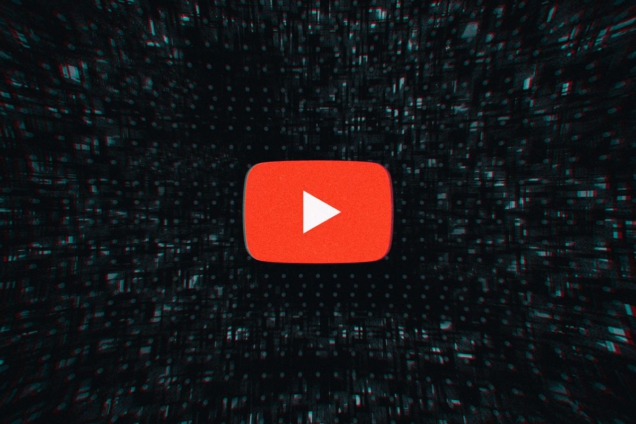YouTube has announced it’s experimenting with hiding dislikes to discourage “dislike mobs” from deliberately downvoting videos from creators and channels.
The experiment is a different implementation than the solutions the company had previously discussed, but it is similar to other attempts platforms like Instagram have taken to nip targeted attacks in the bud.
In the current setup, stats for both likes and dislikes are viewable in a creator’s individual YouTube Studio page, but only likes will be displayed publicly on a video.
In a support article explaining the test, YouTube says that dislikes can negatively impact a creator’s well-being and “may motivate a targeted campaign of dislikes on a creator’s video.”
Basically, the idea is that seeing a dislike number and watching it go up could be enough motivation to join in and make the number larger.
— YouTube (@YouTube) March 30, 2021
In response to creator feedback around well-being and targeted dislike campaigns, we're testing a few new designs that don't show the public dislike count. If you're part of this small experiment, you might spot one of these designs in the coming weeks (example below!). pic.twitter.com/aemrIcnrbx
Creators rely on likes and dislikes as a form of feedback to guide their creative output, but much like purposefully giving a game a bad review on Steam, it’s easy to turn what could be a useful feature into another surface for abuse.
When YouTube first announced it was looking into addressing problems with dislikes, it was considering three ideas: hiding the numbers for both likes and dislikes, adding more friction to disliking something through requiring extra interaction, or removing likes and dislikes entirely.
This test does half of what the first option promised, and it makes a certain amount of sense.
If dislike numbers are the problem, why not just hide them and see what happens? Instagram experimented with a similar kind of test when it decided to hide likes on posts.
Obviously, likes are inherently positive, but chasing a high like count can have its own negative impact on creators whose livelihoods depend on closely monitoring interactions with their posts and appearing well-liked.
YouTube isn’t testing hiding dislikes on all creators’ videos, but if you notice them on your page or you have an opinion as a viewer, YouTube is collecting feedback on its site.
Latest Stories
-
Justice Ackaah-Boafo: Ghana needs more lawyers to match justice system’s demand
22 minutes -
Six new Adinkra symbols unveiled to signify Asantehene’s unparalleled leadership
24 minutes -
GOIL delivers a robust performance in 2024
27 minutes -
Bolt partners with Fido Credit to offer loans to drivers in Ghana
28 minutes -
Ghana Data Science Summit 2025: Empowering the use of data and AI skills for impact.
39 minutes -
Mastercard, Access Bank introduce innovative card to empower Ghanaians
40 minutes -
Republic Bank Ghana and SLCB sign landmark technical support agreement to drive regional banking excellence
50 minutes -
Afenyo-Markin slams petition against Supreme Court nominee as “frivolous and dangerous precedent”
59 minutes -
Striking gold or sinking fast? A deep dive into Ghana’s Gold Coin and cedi strength
1 hour -
‘Frivolous and vexatious’ – Committee cites constitutional immunity in quashing petition against Justice Ackaah-Boafo
1 hour -
Nii Adama Latse II wins appeal: Court orders House of Chiefs to restore him to register – But Ga Mantse office says King Teiko Tsuru II remains Chief
1 hour -
Black Queens in line for friendlies against Nigeria and two others before WAFCON 2024 opener
1 hour -
Gov’t won’t shield anyone in galamsey fight – Environment Minister
1 hour -
Ghana to face Benin and Nigeria in WAFU B U-20 Boys’ Cup
2 hours -
NPP is not acting contrary to the party’s constitution – Tiah Kabiru
2 hours


